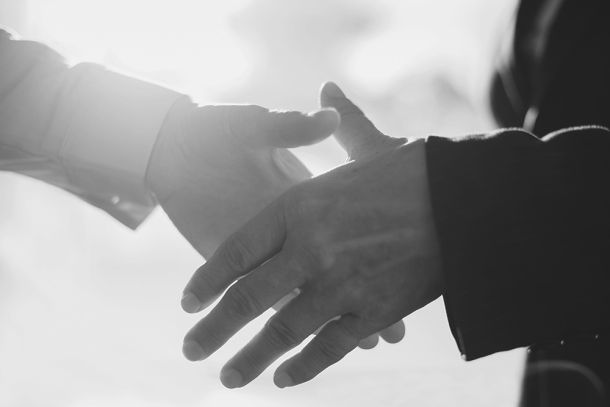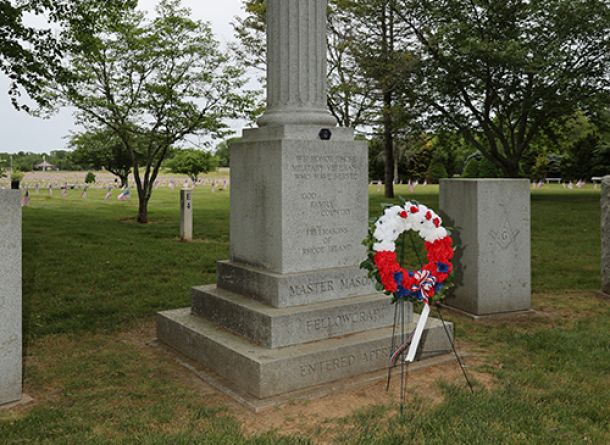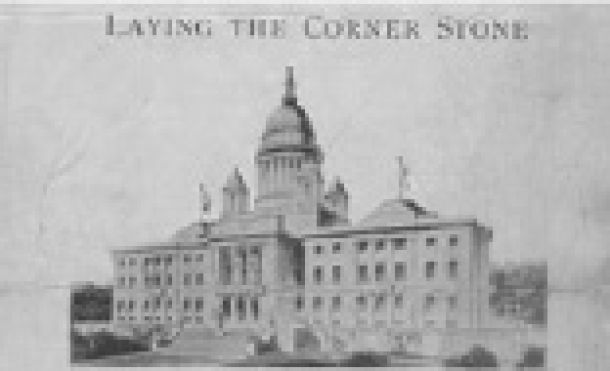Freemasonry in the "Pearl of the Antilles": The creation of the Grand Lodge of Cuba
We hope you continue to enjoy the series of Spanish speaking Freemasons and their influences throughout the Americas.
Greetings from Club Masonico Libertad
 In this next chapter, we would like to introduce Cuba’s early Freemasonry and its influences on independence. Unlike in its neighboring island of Hispaniola, currently Dominican Republic and Haiti, as you might recall from our previous chapter where the Craft entered through French influences, Freemasonry in Cuba entered through the British conquistadores in early 1760s. During the 1800s, it was a tumultuous time to be a Freemason, who were persecuted and imprisoned due to the Spanish Crown’s fear of liberalism and enlightenment which was spreading throughout their colonies. The Craft survived through the fact that many of the Spanish officers were Freemasons, therefore being tolerated in secrecy.
In this next chapter, we would like to introduce Cuba’s early Freemasonry and its influences on independence. Unlike in its neighboring island of Hispaniola, currently Dominican Republic and Haiti, as you might recall from our previous chapter where the Craft entered through French influences, Freemasonry in Cuba entered through the British conquistadores in early 1760s. During the 1800s, it was a tumultuous time to be a Freemason, who were persecuted and imprisoned due to the Spanish Crown’s fear of liberalism and enlightenment which was spreading throughout their colonies. The Craft survived through the fact that many of the Spanish officers were Freemasons, therefore being tolerated in secrecy.
The first officially chartered lodges were established in Cuba through different Grand Lodges of the United States and the Grand Orient of France. The Grand Lodges of Pennsylvania, Louisiana and South Carolina from the United States as well as the Grand Orient of France, all had great influence and chartered many lodges
throughout the island in the 1800s. The Grand Lodge of Pennsylvania chartered seven lodges in the span of 1804-1822, with two having their charters revoked 1 year after. The first chartered in 1804 through the Grand Lodge of Pennsylvania was named The Temple of the Theological Virtues No. 103, was established in Havana by Joseph Cerneau. Sharing the same forward thinking as in the United States as well as other Latin American countries during this time period of enlightenment in the Americas, the first effort of independence from foreign powers was first realized in a Masonic lodge by W∴Joaquin Infante, a prominent lawyer and a well-known author alongside other prominent Freemasons of the time in Cuba who led an unsuccessful, but most importantly, first attempt against the Spanish Colonialization of 1810. This was called "Great Masonic Conspiracy" for independence. He is attributed with composing Cuba’s first independent constitution. W∴Infante unfortunately never realized his dreams of an independent Cuba during his lifetime, even though he met and had an established friendship with our first two chapters of Masonic liberators; Francisco de Miranda and Simon Bolivar. Unlike the first couple of chapter articles where we concentrated on a particular Freemason, W∴Joaquin Infante’s initial efforts for independence needed to be noted as the country of Cuba has had too many very prominent Freemasons to just highlight one in this introduction of Freemasonry in Cuba.
The Grand Lodge of Louisiana chartered three lodges 1815-1819. The Grand Orient of France chartered three more lodges and a Consistory (Scottish Rite) 1819-1821. The Great Consistory of the 32nd degree of the Old and Accepted Scottish Rite was founded with a French patent by Luis Juan Lorenzo de Clouet D ‘Obernay. The Grand Lodge of South Carolina chartered two lodges during 1818-1819. It was the Grand Lodge of South Carolina that enabled the creation of a Grand Lodge of the Island of Cuba on December 5, 1859, It was then known as the Grand Lodge of Colon (Columbus) in order to conceal its Masonic practices established on the island. The first three established lodges under the newly formed Grand Lodge were Fraternidad Lodge No. 1, Prudencia Lodge No. 2 and San Andres Lodge No. 3. On December 27, 1859, with the creation of Supreme Council of Ancient and Accepted Scottish Rite, 33° Southern Jurisdiction of the United States along with the lodges united and formed the Gran Oriente de Cuba y las Antillas (GOCA). By 1867, the GOCA constitution claimed its own power to issue charters and enact by-laws of new lodges on the island, was approved. Even one of the most prominent Freemasons of modern era, the Sovereign Grand Commander Albert Pike, publicly gave his approval for the separation of powers. However, the Supreme Council did not accept the new Grand Lodge. Unfortunately, just before a meeting which was set up to negotiate the parameters of the new Grand Lodge, the "Ten Year War" of Cuba began, through the cry for war against the Spanish Crown by the Worshipful Master of a lodge, Carlos Manuel Cespede known in Cuba as the "Father of the Fatherland."
In the span of 1868-1870, the number of lodges in Cuba was reduced from thirty to just seven. Many Freemasons were imprisoned and the Grand Master of the Grand Lodge of Colon, José Andrés Puente Badell was shot and along with other brothers were charged with the crime of Freemasonry. The works of the Grand Orient of Colon in both branches, symbolic and philosophical were set to recess until its re-formation was commenced in 1871. In April 1873, an agreement between the Grand Orient of Colon and the Supreme Council was cemented, giving full rights over the island’s jurisdiction to the Supreme Council of Colon. By August 1876, the Grand Lodge of the Island of Cuba was founded in the west of the country by Aurelio Almeida and González declaring that it was free from all other authority, a sovereign body with full and unlimited powers over its subordinates. During this time there were two Grand Lodges, the Orient and the Island of Cuba, with a total surpassing 8,000 Freemasons. In 1879 the Grand Lodge of the Island of Cuba and Grand Orient of Colon amalgamated into one and was named the Gran Oriente de Cuba y las Antillas. Symbolic Freemasonry was restructured on the island as a result of successive mergers between the Grand Lodges. The Grand Lodge of the Island of Cuba emerges as the sole and sovereign symbolic organism. The following year also achieved the integration of a single Supreme Council to govern Freemasonry’s High Grades. In totality, at one point there were 20 different Grand Lodges on the Island. However, the final unification of the Grand Lodges of Cuba came to be on August 25, 1946 to form today’s Gran Lodge of Cuba A.F. & A.M (Ancient Free And Accepted Masons). Today there are over 30,000 Freemasons in Cuba in over 300 lodges on the island. The Grand Lodge of Cuba is regular and recognized by the majority of mainstream grand lodges around the world.
As you can see, the power struggle between Grand Lodges and the establishment of a governing body for higher degrees was a very difficult period for Freemasonry in Cuba. Incorporating this fact plus the same time period of fighting for independence, adds another level to the tough times. However, a common theme throughout this time period and the three wars for independence in Cuba, the Ten Years’ War 1868-1878, the Little War 1879-1880, the Cuban War of Independence 1895-1898, is that Freemasons led the fight against the Spanish Crown. That leadership began with W∴Joaquin Infante planting the seed for independence, W∴Cespedes in the Ten Years War, Ignacio Agramonte, Antonio Maceo, and Jose Marti "the apostle and martyr of Cuban Independence" for the Cuban War of Independence.
We will learn about these Masonic Latin American heroes and their stories in the future. We felt it was important to give some background into the creation of the Grand Lodge of Cuba. Most especially because our Grand Lodge Representative to Cuba Brother Felix Diclo and myself the Grand Master of Ceremonies for the Deputy Grand Master, have been invited and will be attending the 160th Anniversary of the Grand Lodge of Cuba this December.
Brethren, there is a lot more Masonic history in Cuba. I hope you find this brief introduction as an opening to a broader world of the importance and influences of Freemasons in Latin America. Anyone who is interested in being part of the creation of a Spanish speaking lodge in our jurisdiction are welcomed to contact me at
By W∴ Melvin E. Silverio (32)
& Brother Felix Diclo (32)


